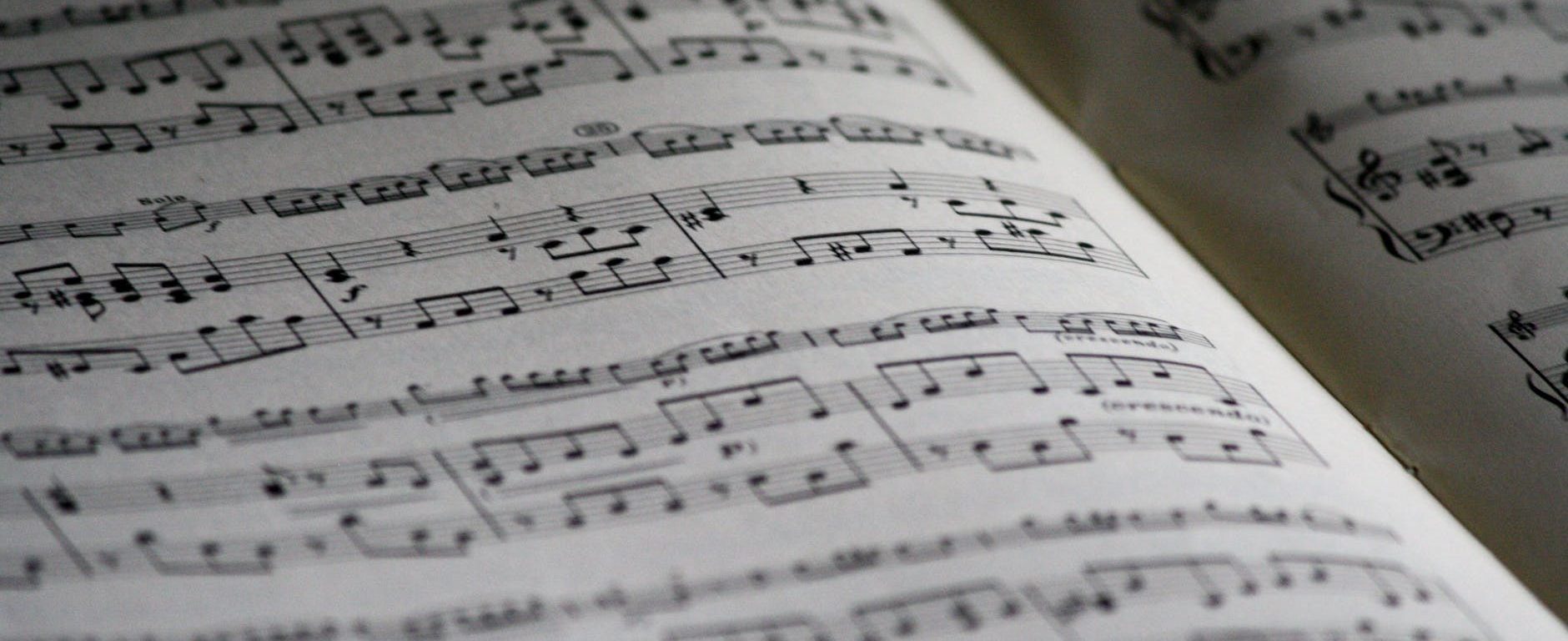One of the most interesting things about being an MD is sorting out programmes for events. Formal concerts, Christmas, bandstands or fetes all require a different approach and it is always a source of amazement how much music is available for brass bands to play. A glance any of the mainstream publishers will illustrate how immense that catalogue is and ranges from classical to mainstream pop and just about everything in between.

However, the first and biggest question when putting a programme together is who are we playing the music for? I have heard it said bands are bored with the music they are playing, particularly in the summer when a less varied programme may be available. This is often because bands play a different programme for bandstand than for formal concerts. Deps are often required for these type of events so a pad of music that the core band members know and can play with minimal rehearsal is a good thing and although I can understand the problem it is often nonetheless unavoidable.
Fundamentally we are there performing for the audience not ourselves and the programme must be tailored to those events. At this point we should consider the origins of brass band music. The first bands were formed in the late 19th century mainly around workplaces such as coal mines. These groups formed a close relationship with their local communities and crucially played much of the popular music of the day. At the time of course much of this was classical music and evidence can be found in many bands’ libraries, they are the old pieces by Wagner, Rossini etc. often printed on yellow sheets of paper. This music was played outside in similar ways to bandstands nowadays to an audience who wanted to hear a recognisable tune.
From that point of view nothing has fundamentally changed, audiences for a Sunday afternoon bands in the park event are primarily looking to be entertained and although the genres have changed they will be wanting to hear some good tunes that they know and love. Popular music nowadays is very different to that of the late 19th century but the principle that bands will play popular tunes still remains. Bandstands are a mainstay of the band movement and when putting a programme together a balanced approached should be adopted. One tried and tested programme format is to start with a march and then a selection, a longer piece seems more appropriate earlier on somehow. This is followed by a mixture of solo, duet or other group pieces and some shorter popular songs with faster or more inspirational piece to finish the programme. One thing to remember is that serious band music, even some of the lighter test pieces, don’t go down well at these events so should be avoided. This approach can also be used for the second half of the afternoon and so long as different pieces are included then it will not be that obvious that there is a formulaic approach going on.

So much for bandstands, and they should also perhaps be seen as a suitable platform to advertise other activities. They are normally free to the audience, although bands are normally paid a fee, and can therefore be viewed as a promotional tool for other concerts and events that the band will be undertaking. If someone goes to a formal concert by a band they have seen in the park their expectations may be different. In a formal concert more serious music is definitely acceptable if not expected, so arrangements of classical and more substantial pieces are popular on these occasions and it may well be acceptable to play an extract from a test piece, so long as it is not too long (great care must be taken here though as not all of this type of piece will be suitable for a mainstream audience). Soloists and other groups are also fine and a similar format for the music to a bandstand also works, although it has to be said that MD’s will have their own way of organising this.
Finally, a word about fetes and summer shows. Let us not be under any illusion, these tend to be just background music, the band may be away in a corner under a gazebo and are just there to provide some ambient music to create an atmosphere. Now, that is not to belittle these events, the band is vitally important to their success but people generally don’t sit and listen, there are lots of other things going on and to do. This does gives band the opportunity to do two things, firstly they can play light music that doesn’t task lips and stamina too much, and secondly it is a good opportunity to perhaps play pieces out for the first time without so much attention being paid to them. So long as there is a reasonable distance between them it is also possible to play pieces more than once as the audience is more likely to be transient.
So putting together an appropriate programme is a bit of an art, and one which MD’s get better at as they do more of it. A badly but together or a programme which hasn’t been created with it’s audience in mind is doomed to fail, and although keeping players motivated and interested is sometimes a challenge we must not forget who keeps us in business by continuing to come and listen. The punters!




